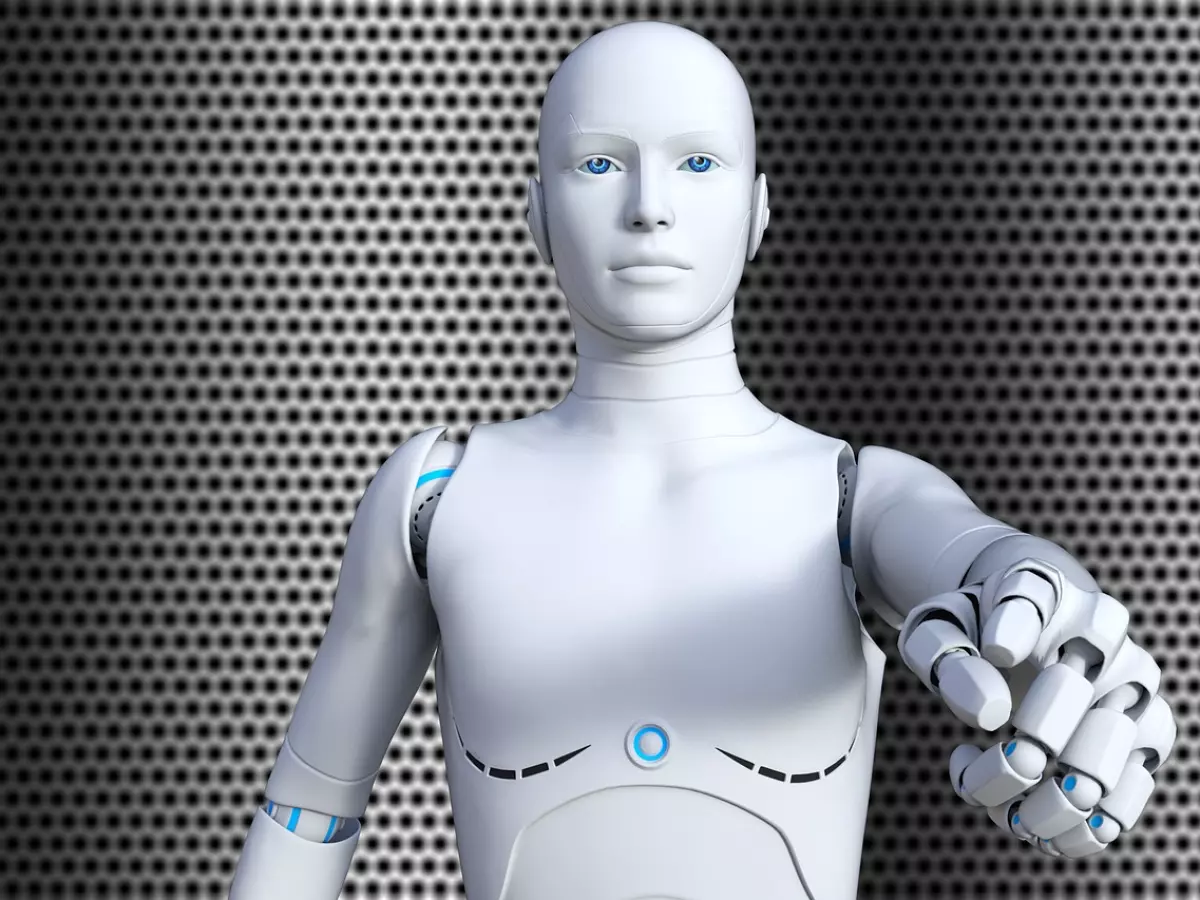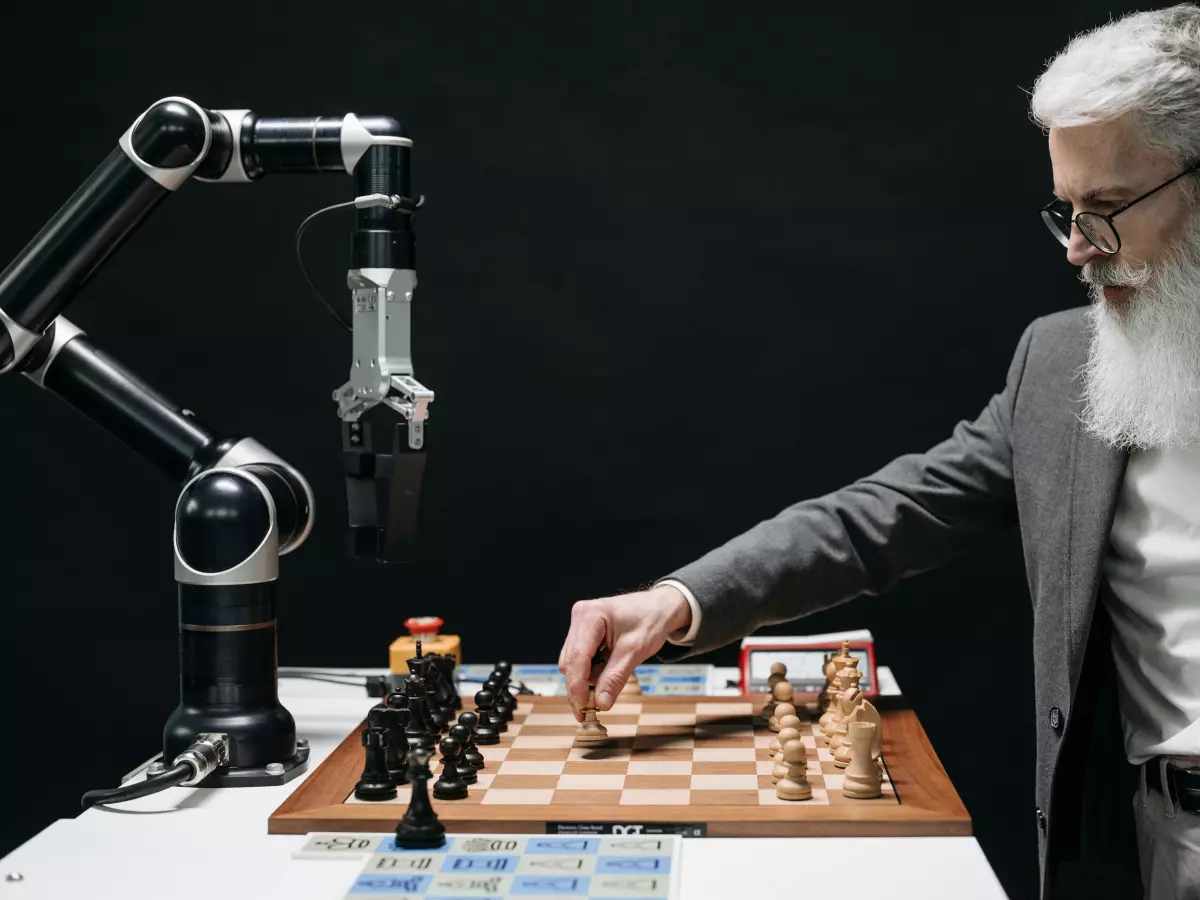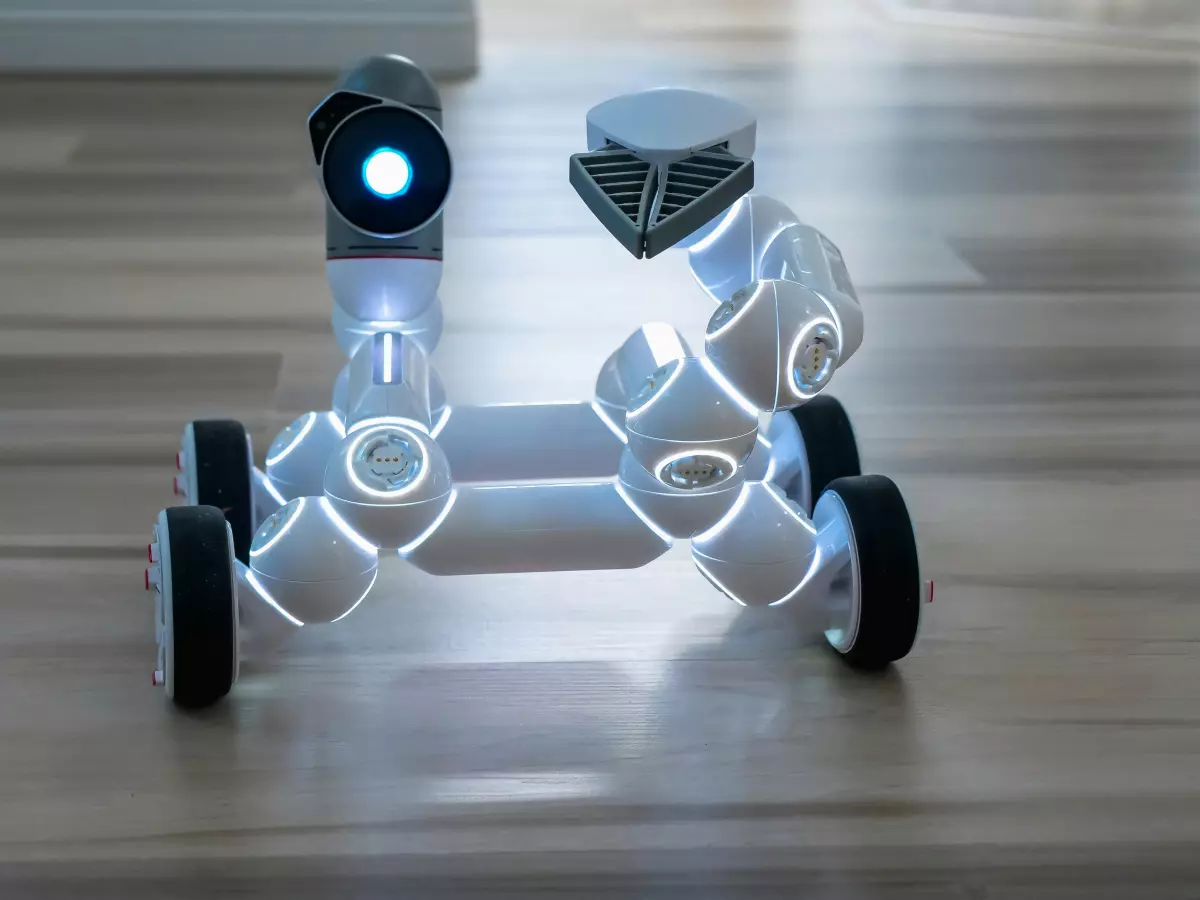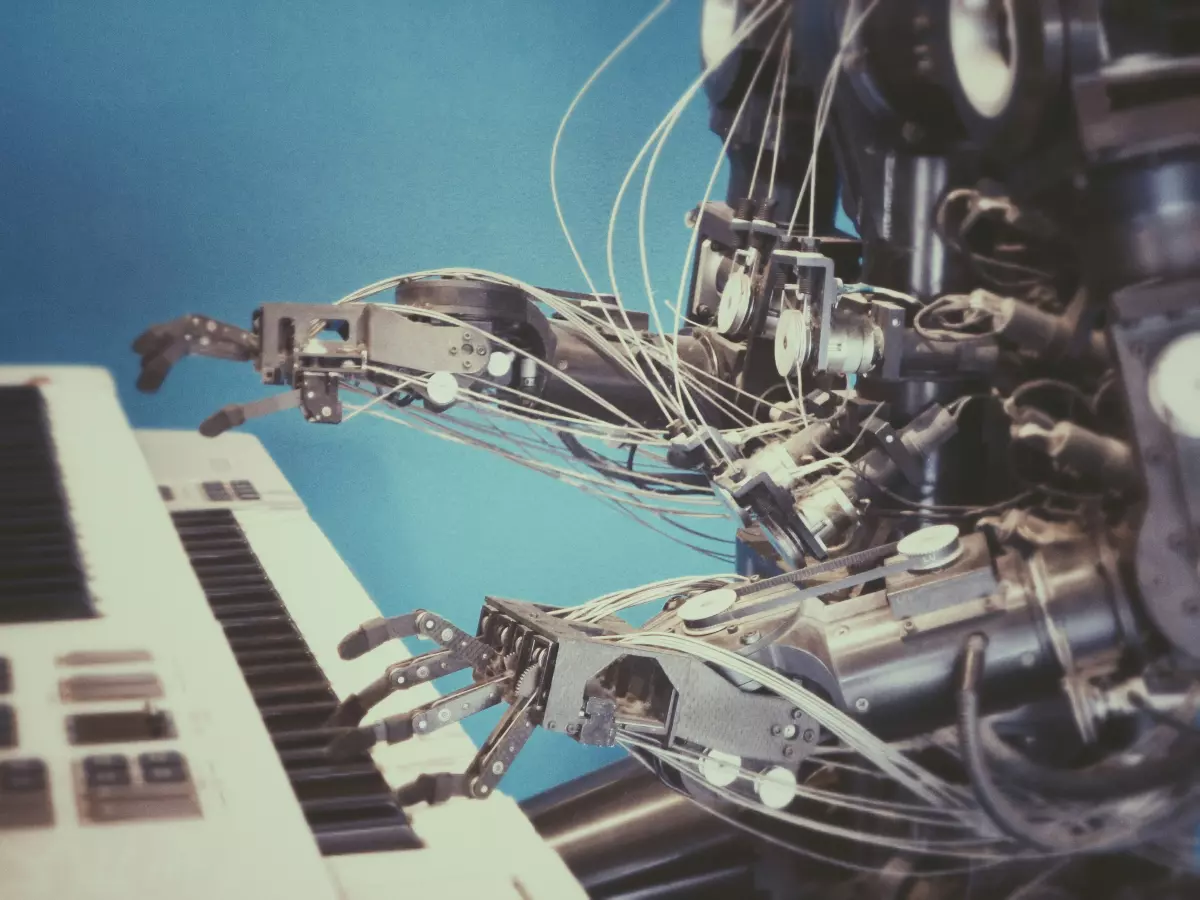Robot Operating Systems
Imagine a future where robots are as common as smartphones, seamlessly integrated into every aspect of our lives. They cook, clean, assist in surgeries, and even drive us around. But here's the kicker—none of this is possible without a solid operating system (OS) to run the show. And yet, the world of robotics is still figuring out how to standardize these systems. It's like we're trying to build the future with a bunch of different toolkits that don't quite fit together.

By Priya Mehta
Fast forward to a world where robots are everywhere, and they all speak the same 'language.' Whether it's a robotic arm in a factory or an autonomous drone delivering your groceries, they all rely on a unified operating system that allows them to communicate, adapt, and learn. But how do we get there? The answer lies in Robot Operating Systems (ROS), the unsung heroes of the robotics revolution.
Right now, we’re in a transitional phase. Robotics is booming, but the lack of standardization in operating systems is holding us back. While ROS is making strides, it's still not the default for every robot out there. So, what exactly is ROS, and why is it so crucial for the future of robotics?
What is a Robot Operating System (ROS)?
First things first, let's clear up a common misconception. ROS isn't an operating system in the traditional sense like Windows or Linux. Instead, it's more of a middleware—a collection of software frameworks that help robots communicate with each other and with their hardware. Think of it as the glue that holds everything together.
ROS provides a standardized way for robots to handle everything from sensor data to motor control. It allows developers to focus on building better robots without worrying about reinventing the wheel every time they need their robot to move, see, or interact with its environment.
But here's where it gets interesting: ROS isn't just for one type of robot. It's designed to be flexible and scalable, meaning it can work with everything from tiny robotic arms to massive autonomous vehicles. This flexibility is what makes ROS so powerful and why it's becoming the go-to solution for robotics developers worldwide.
How ROS Integrates Hardware and Software
One of the biggest challenges in robotics is integrating hardware and software. Robots are complex machines with multiple components—sensors, actuators, cameras, and more. Each of these components needs to communicate with the robot's control system, and that's where ROS comes in.
ROS provides a set of libraries and tools that make it easier to connect hardware components to the software that controls them. For example, if you're building a robot with a camera, ROS has pre-built drivers that allow you to easily integrate the camera into your system. This saves developers a ton of time and effort, allowing them to focus on more important tasks like improving the robot's autonomy or decision-making capabilities.
In essence, ROS acts as a bridge between the robot's hardware and software, ensuring that everything works together seamlessly. Without ROS, developers would have to write custom code for each hardware component, which would be a nightmare for large-scale robotics projects.
Why ROS is Crucial for Autonomous Systems
Autonomy is the holy grail of robotics. We want robots that can think, learn, and make decisions on their own. But achieving true autonomy requires a lot of computational power and sophisticated algorithms. That's where ROS really shines.
ROS provides a platform for running complex algorithms that enable robots to navigate, perceive their environment, and make decisions. For example, ROS has built-in support for SLAM (Simultaneous Localization and Mapping), a technique that allows robots to create a map of their environment while simultaneously figuring out where they are within that map. This is crucial for autonomous robots like drones or self-driving cars.
Additionally, ROS supports machine learning libraries, which means developers can easily integrate AI algorithms into their robots. This opens up a world of possibilities, from robots that can recognize objects to those that can learn new tasks over time.
Challenges and Limitations of ROS
Of course, ROS isn't perfect. While it's incredibly powerful, it does have its limitations. For one, ROS can be resource-intensive, meaning it requires a lot of computational power to run efficiently. This can be a problem for smaller robots with limited processing capabilities.
Another challenge is that ROS is still evolving. While it's widely used in research and development, it's not yet the default choice for commercial robots. Many companies still prefer to develop their own proprietary systems, which can lead to fragmentation in the robotics industry.
That said, the ROS community is growing rapidly, and new versions of ROS are being developed to address these limitations. For example, ROS 2, the latest version, is designed to be more scalable and secure, making it a better fit for commercial applications.
The Future of ROS and Robotics
So, where do we go from here? The future of ROS looks bright, but there are still a few hurdles to overcome. One of the biggest challenges is getting more companies to adopt ROS as the standard for their robots. This will require better documentation, more robust tools, and continued support from the open-source community.
But if we can overcome these challenges, the potential is enormous. Imagine a world where every robot, regardless of its size or function, runs on a standardized operating system. This would make it easier for robots to communicate with each other, share data, and even learn from one another. In other words, ROS could be the key to unlocking the full potential of autonomous robotics.
In the meantime, developers and researchers will continue to push the boundaries of what's possible with ROS. From self-driving cars to robotic surgeons, the future of robotics is being built on the foundation of ROS, and it's only a matter of time before we see its full impact.
Key Takeaways
To sum it up, Robot Operating Systems (ROS) are revolutionizing the way robots operate. By providing a standardized platform for hardware and software integration, ROS is making it easier for developers to build smarter, more autonomous robots. While there are still challenges to overcome, the future of ROS looks incredibly promising, and it could be the key to unlocking the next generation of robotics.
So, the next time you see a robot in action, remember that behind every move it makes, there's probably a Robot Operating System making it all possible.





